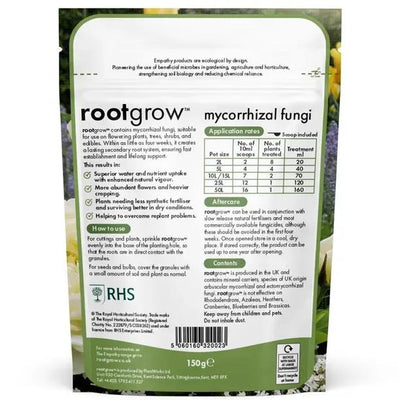Portugal Laurel Hedge Plants
Portuguese laurel is considerably more elegant and pleasing to the eye than its cousin, Common Laurel, and is even tougher and more versatile. The vigorous leaves are lush and glossy and a deep, rich, dark green, looking a little like bay leaves, a bit darker than common laurel. The young spring foliage has a pink tinge, which remains on the rhubarb red leaf stalks after the leaves mature and looks especially stunning in winter. If it's not trimmed hard, it'll produce creamy white candelabras of flowers, called racemes, with yellow centres in June. These have a fine scent, similar to hawthorn, and lots of pollen. The flowers are followed by berries that turn from red to purple as they age. See our other Laurels here.
The smallest size is available bare root in the winter, but larger, potted plants are available all year round. If your site is really dry, you are best off planting bare root and small, to give the plant a chance to set strong roots for its size before growing up top.
Garden Design Ideas
This is the plant for that impossible spot where nothing grows: in the shade of the neighbour's Leylandii hedge, abutting the Northfacing wall, on chalky uplands or windy sites by the sea. The only place it can't grow in is waterlogged soil.
Despite the name, this Laurel is hardy throughout the British Isles.
In a city, this laurel eats pollution for breakfast, blocks light, acts as a windbreak, all while looking formal when you clip it tidily. A Portuguese laurel hedge is a larder of berries for birds (not humans: they taste bitter, so children won't want to eat them, even if they could reach that high), especially when you clip it every other year.
It provides excellent game cover and was specifically used for this because it was believed that the berries improved the flavour of the birds.
Grown as a single stemmed tree, Portuguese Laurel will top 15 metres tall.
It can be clipped into lollipops or other basic topiary shapes like mushrooms, ovals and blocks.
Prune in February, July and October to really keep them crisp.
Underplant with Skimmia or Sarcococca, which also look at their best in winter.
Features
- Hedge Height: 1.5 m to very tall
- Soil: all soils, bar waterlogged
- Use: Evergreen
- Single Row: 2-3/m
- Colour: Bright Green
- Flowers: white racemes
- Berries: red/purple in autumn
- Location: Shade tolerant
- RHS AGM
History & Trivia
Laurels are members of the cherry family. This one was introduced into Britain from Madeira via Portugal in 1648 during the reign of Charles I. The original specimen grew at Oxford Botanic Garden until it was cut down in 1826. On arrival, it was considered tender and was grown in glass house orangeries. At some point, someone left a plant outside over winter, perhaps by mistake, and it was "discovered" to be completely frost hardy.








 Secure, One-Tap Checkout
Secure, One-Tap Checkout
 Hand Picked, Delivered to Your Door!
Hand Picked, Delivered to Your Door! 1 Year Bareroot Guarantee
1 Year Bareroot Guarantee













